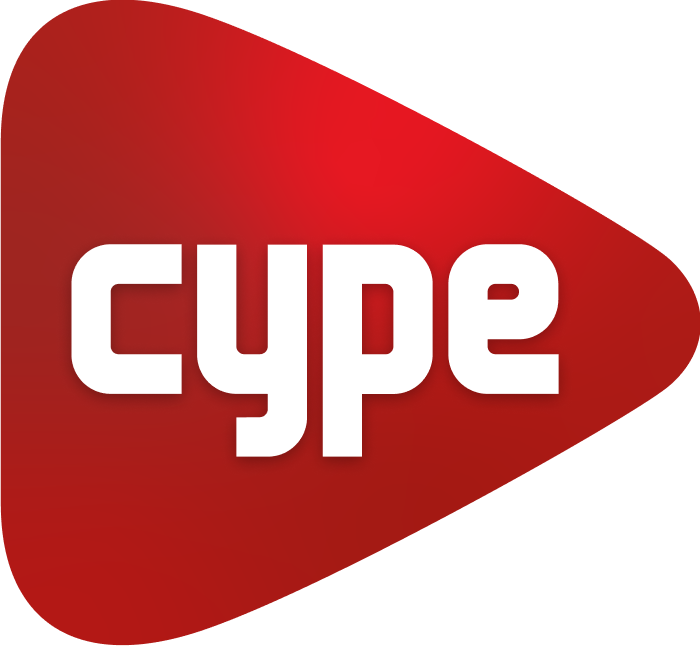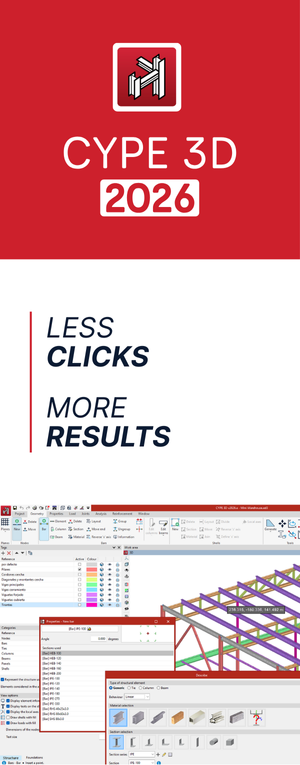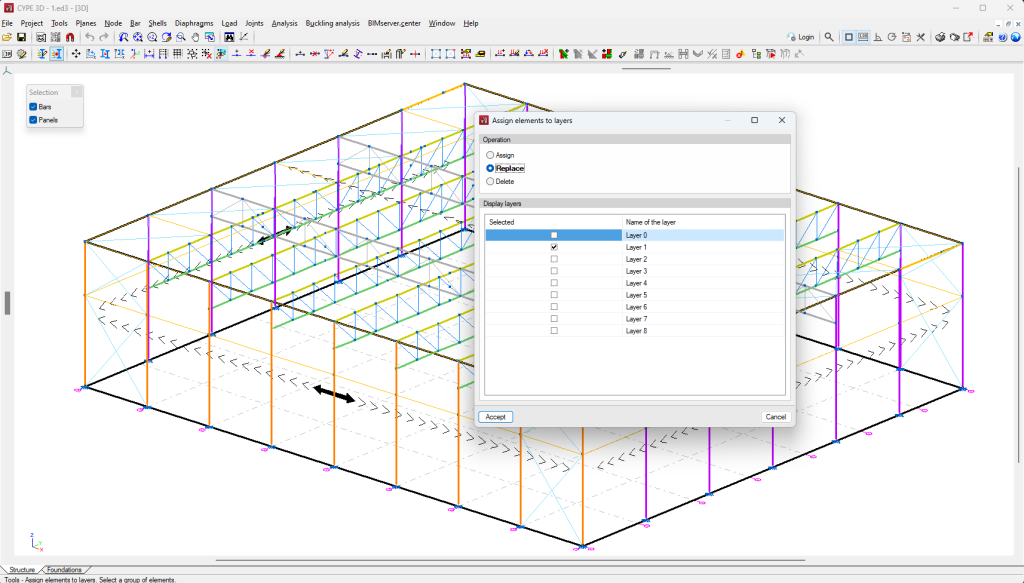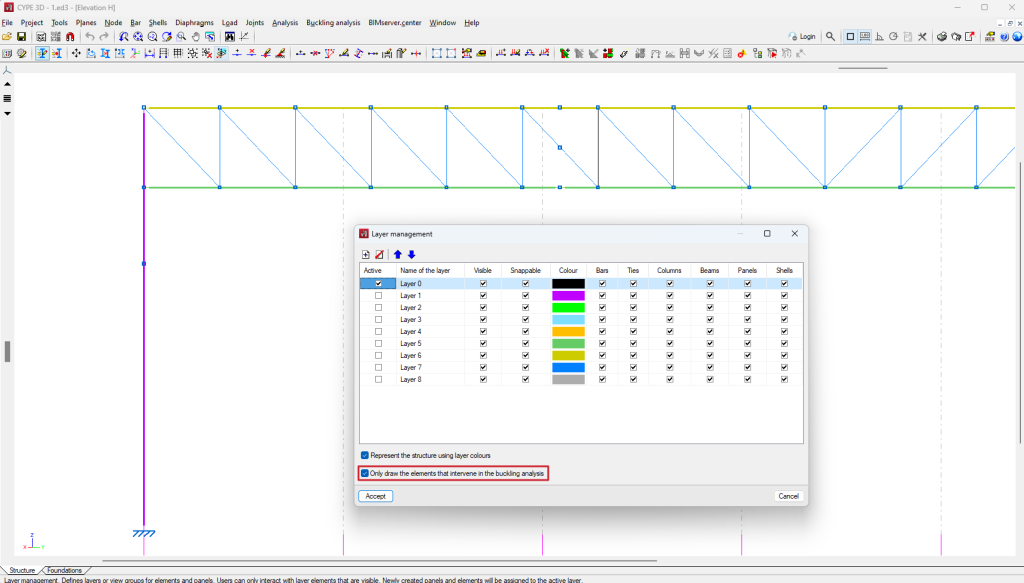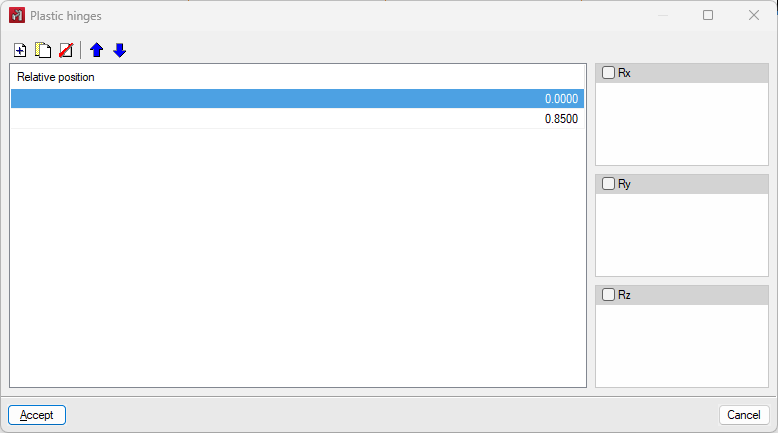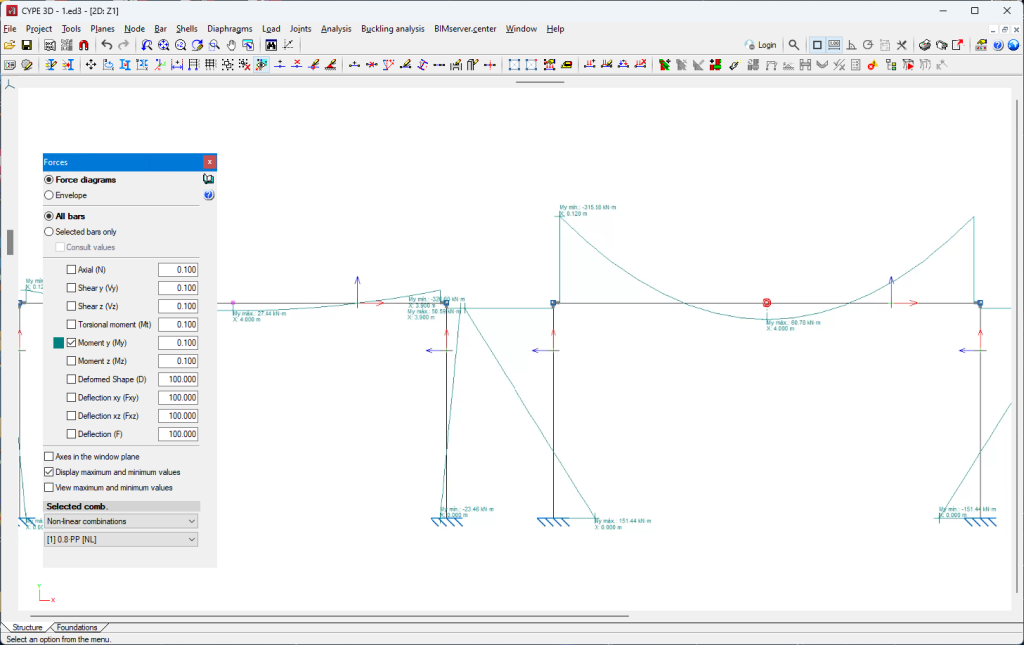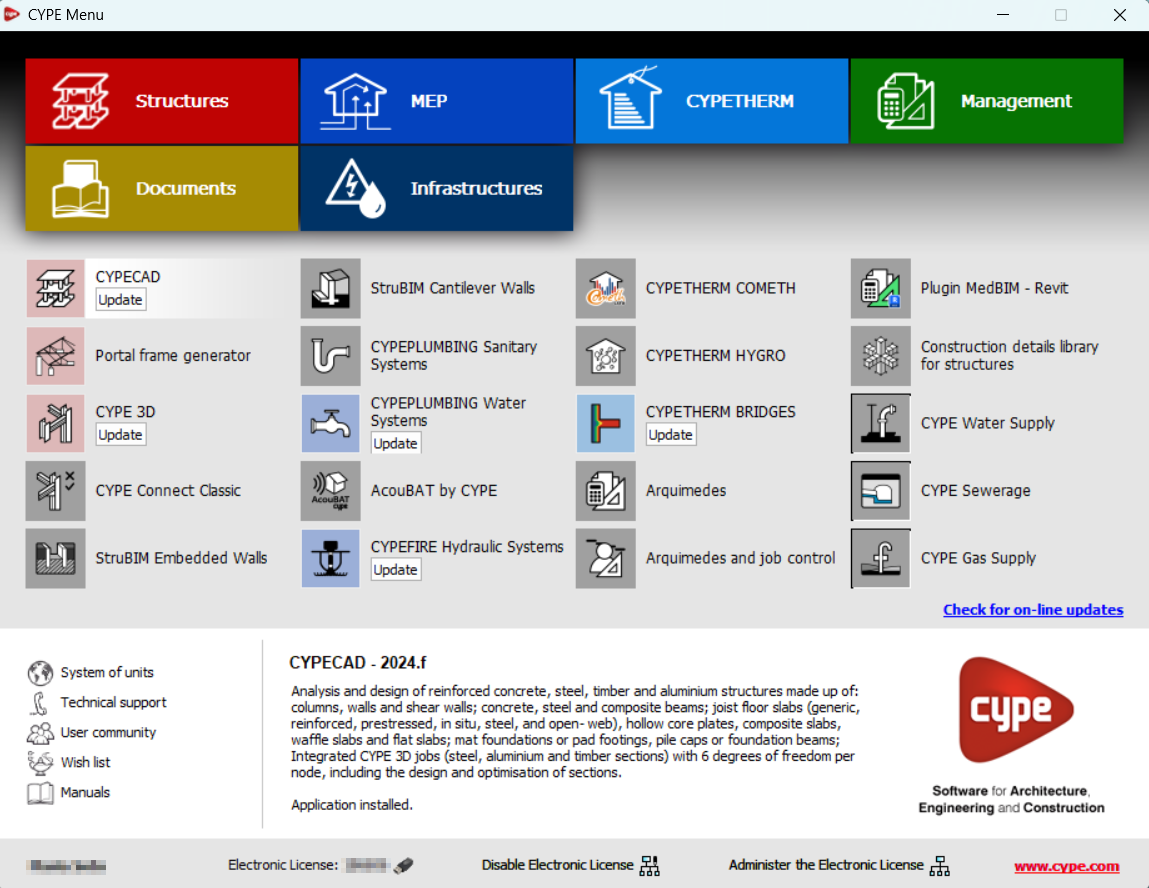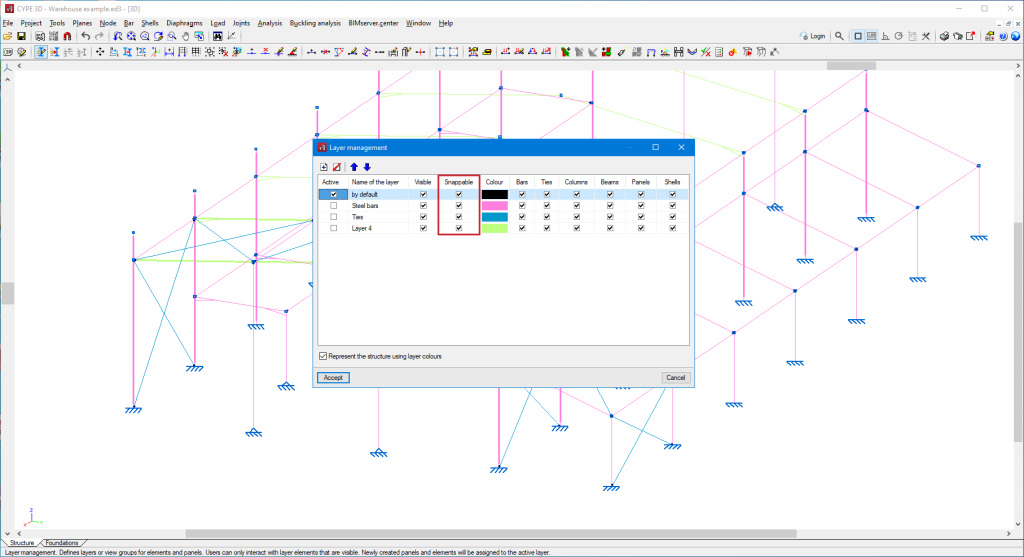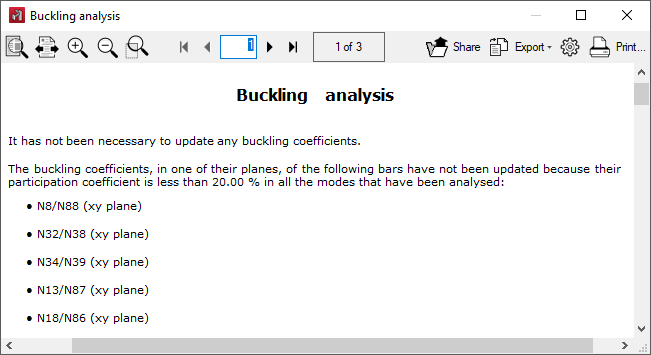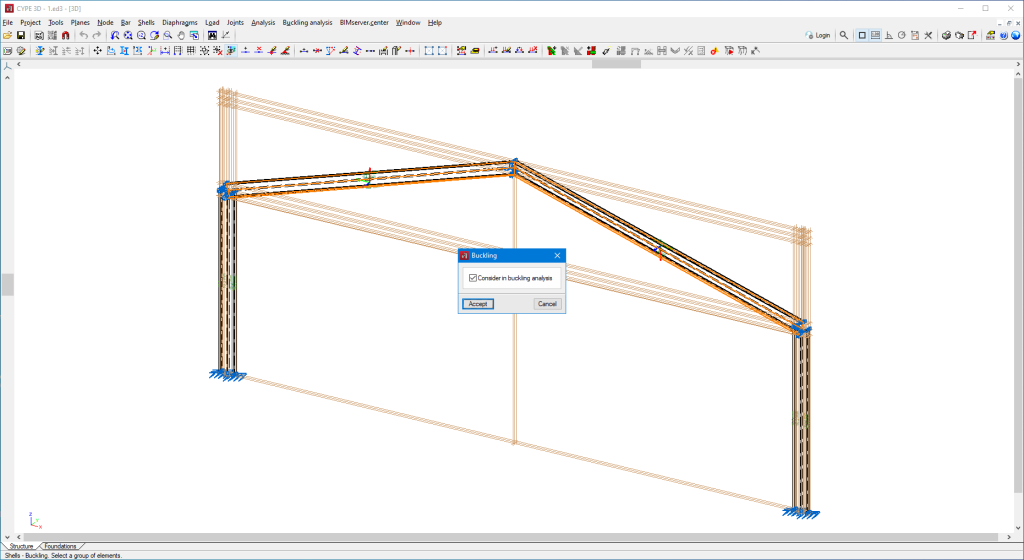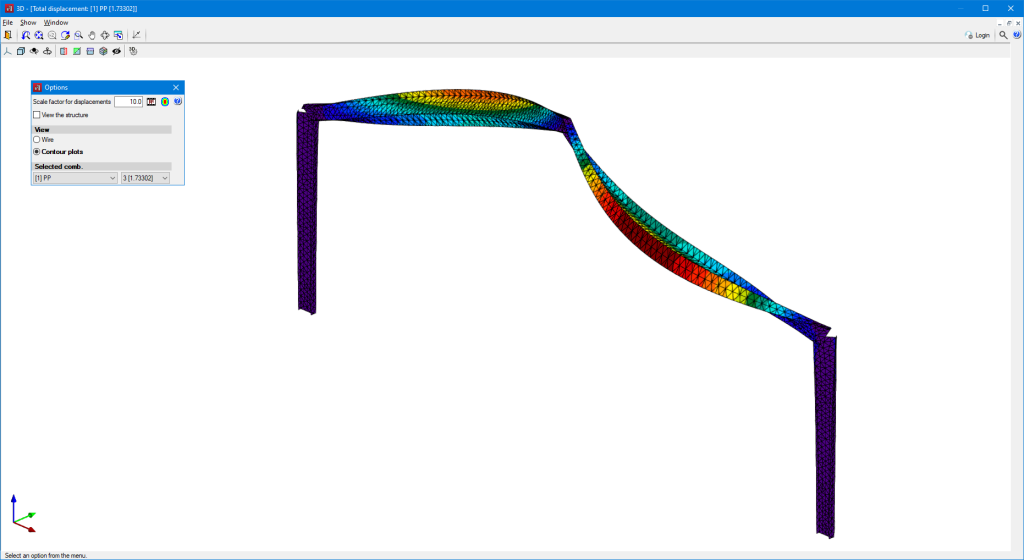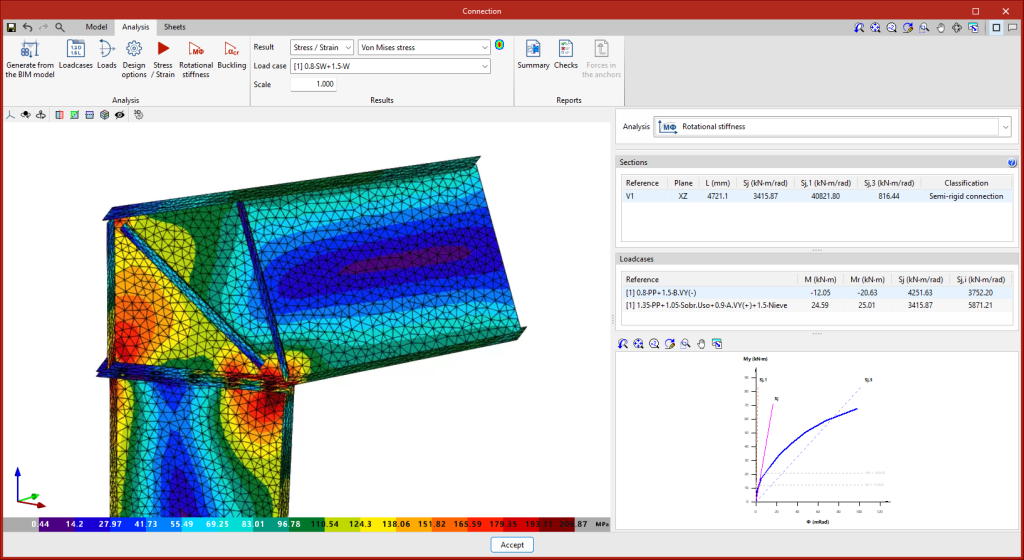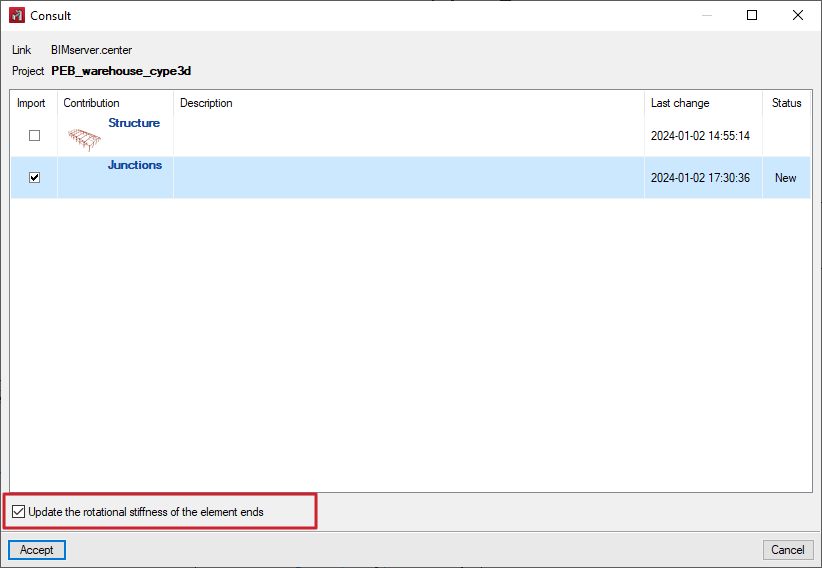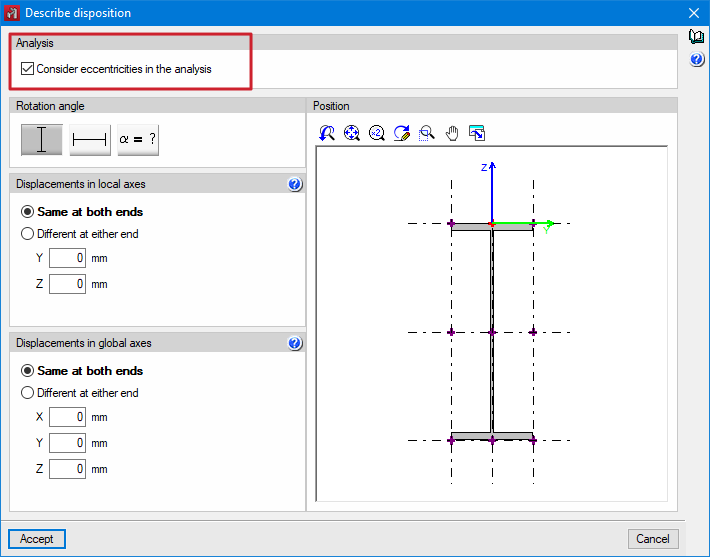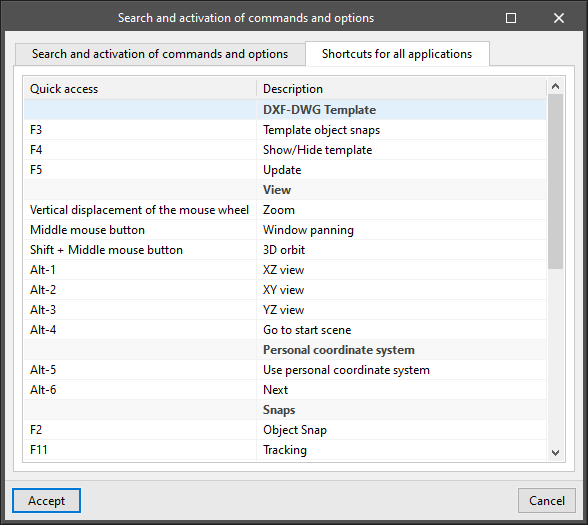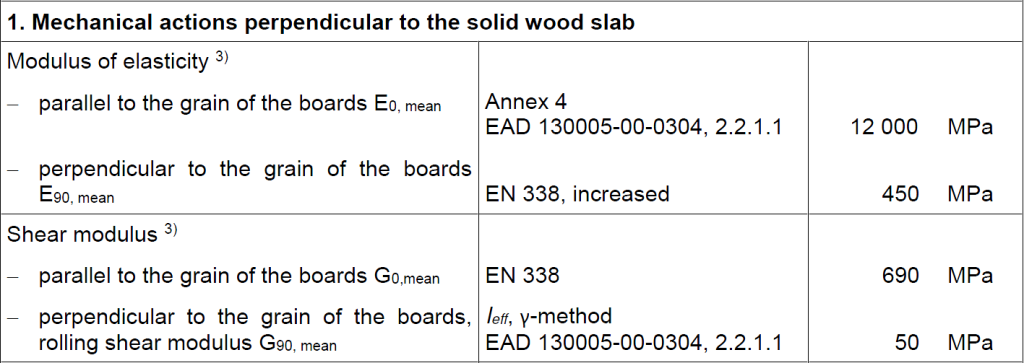Up until version 2024.f each element, panel or shell could be assigned to a single layer. As of version 2024.f each element can belong to several layers.
The tools for assigning parts, panels and shells to layers are unified in "Assign elements to layers". This tool allows you to select the type of operation and the display layers. The available operations are the following:
- Assign
Adds the selected layers to the elements. - Replace
Replaces the previously assigned layers with the newly selected layers. - Delete
Deletes the selected layer from the previous assignment of each layer.
